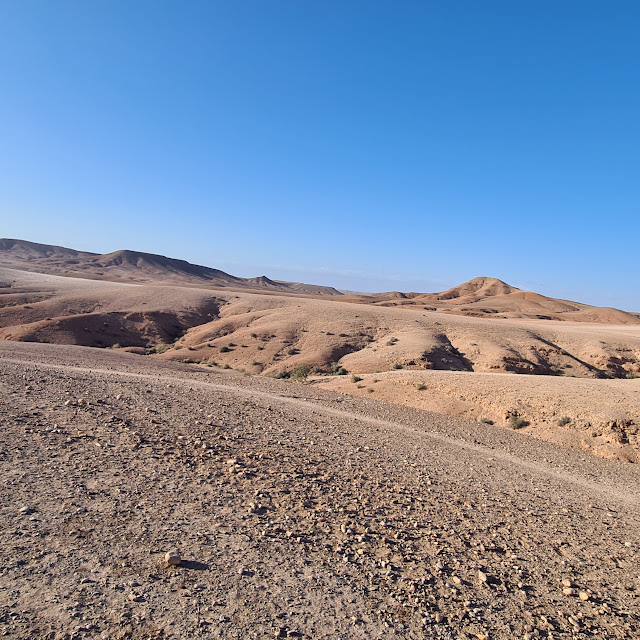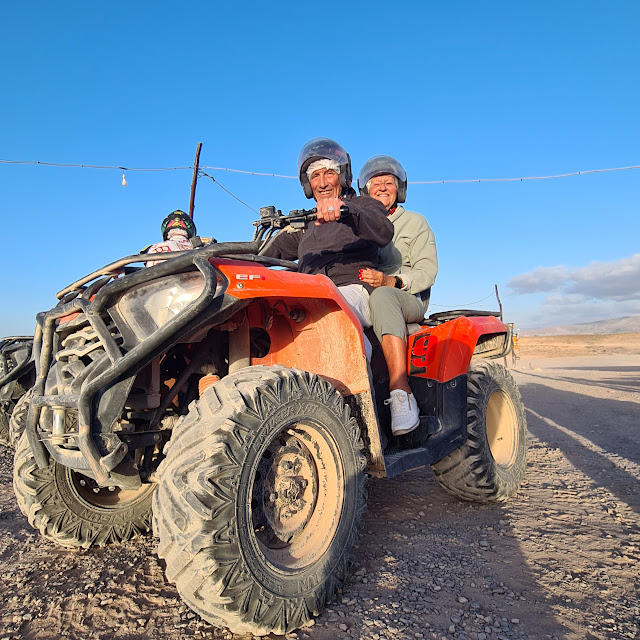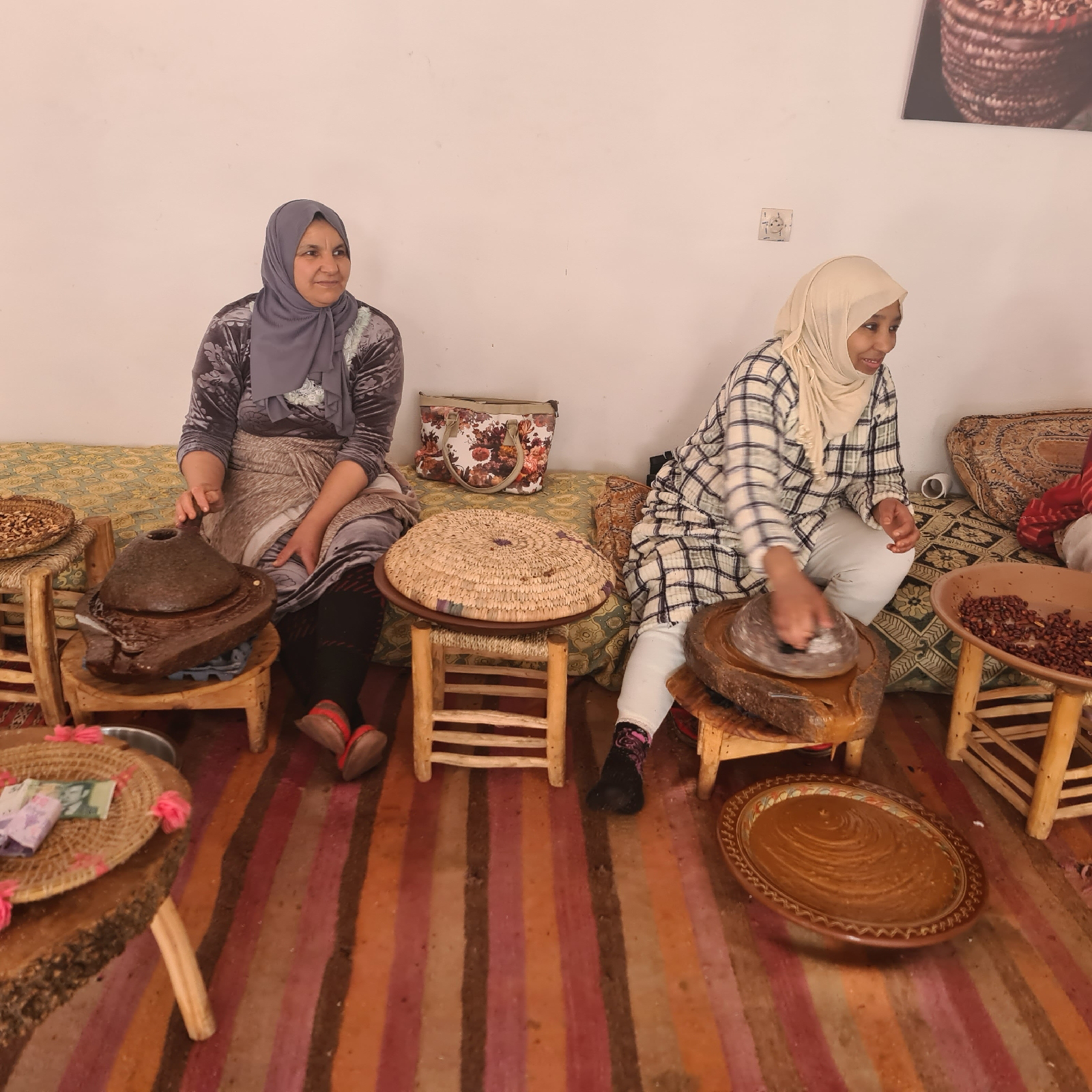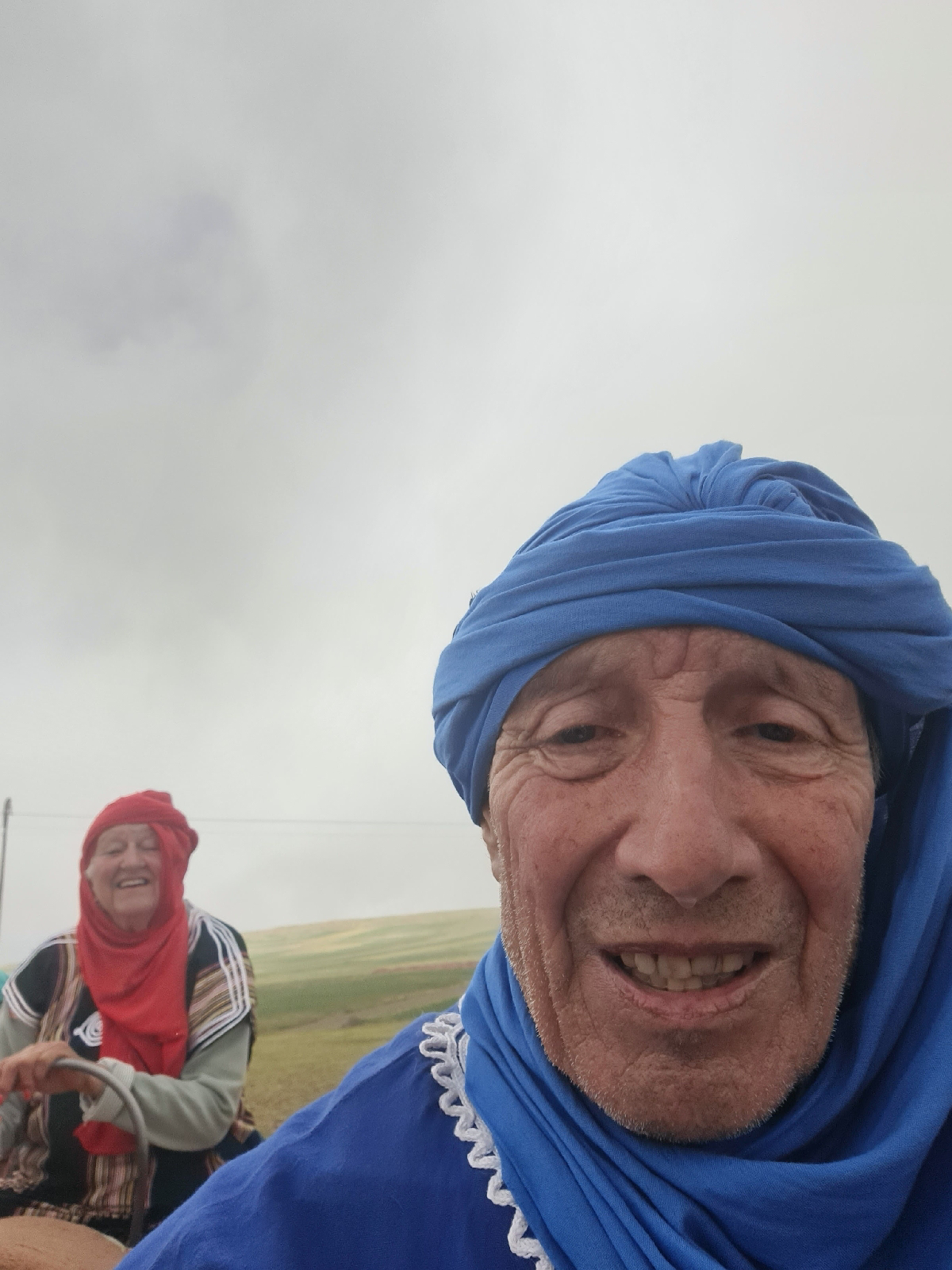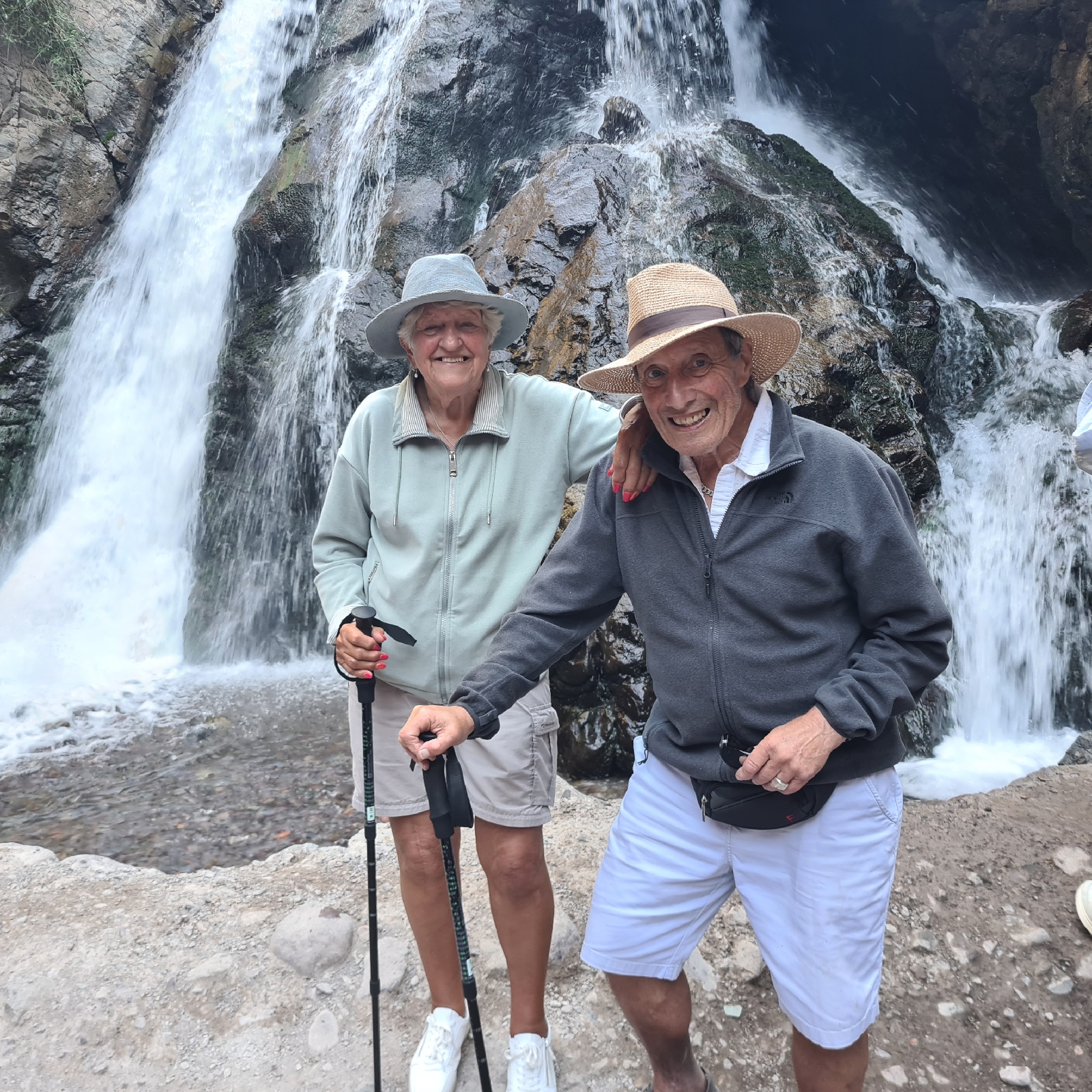This is our apartment block. It is three storey with the basement being a car park with a dedicated space for each apartment. The whole site is secure and gated. There are four pools within our particular concourse. The apartment in on the ground floor to the left as you look. The accommodation is really quite luxurious with two bedrooms and en suites, a dining room/sunroom a kitchen and a huge lounge. There are no less than seven setees in this flat!
As I Like It
Thursday, 12 June 2025
Of all the gin joints in the world, Casablanca here we come. 3/5/25
This is our apartment block. It is three storey with the basement being a car park with a dedicated space for each apartment. The whole site is secure and gated. There are four pools within our particular concourse. The apartment in on the ground floor to the left as you look. The accommodation is really quite luxurious with two bedrooms and en suites, a dining room/sunroom a kitchen and a huge lounge. There are no less than seven setees in this flat!
Saturday, 7 June 2025
Of all the gin joints in all the world, thirsty in Morocco 2/5/25
The Portuguese girls of the Ourika valley trip mentioned to us that the previous day they had gone on a trip to the desert, when they had ridden camels, gone driving on quad bikes, enjoyed a sunset dinner with entertainment. They had booked it through Booking.com. and we thought it sounded like a plan.
On our return I duly arranged the trip for the next day. The area where this all takes place is the Agafay desert which is about 30 kms south of Marrakesk.
The picture below shows the famous Cafe de France in the Djemaa El Fna Square where we decided to have dinner on the night prior to our desert adventure. It is also the usual departure point for excursions for people like us living in the old town. As our departure was in the afternoon, the Square was closed to vehicles and we had a longer walk to meet our minibus.
Our group all gathered in the minibus and, as usual it was cosmopolitan and multilingual. Our first chance to get to know each other was this stop for a snack and another chance to see the workings of the argan oil trade.
Here you can see a portion of the Agafay desert that has been reserved for these tourist activities. There is an inevitable cost to this special and isolated environment to allow dune buggy racing, camel trekking and overnight camping to take place. Better for all, I suppose to confine it to a relatively small area and leave the vast majority to nature and the indigenous population.
The surface is not soft sand like the Sahara, but more pebbly, dusty grit, as you can see in the foreground of this picture, above.
Below, we have finally mounted our camels and the sun is dropping in the skyline. In the immediate foreground is my camel's snout. The had a twenty minutes wander along a well worn trail.
You can see why it is called a camel train. Like horses, I've always been more comfortable on a static beast.
The sun set and the temperature plunged. We were served an evening meal at a table which we shared with a mother and daughter from Aachen in Germany. There was supposed to be be some entertainments, the viewing of which was precluded by a combination of the temperature and their indifferent nature. The minibus got us back to Marrakesk by 10,30. All in all excellent value for €20 a head.
Sunday, 4 May 2025
Of all the gin joints in all the world, thirsty in Morocco 30/4/25
Of all the gin joints in all the world, thirsty in Morocco 29/04/25
Tuesday, 29 April 2025
Of all the gin joints in all the world, thirsty in Morocco. The plan and background.
The flag of Morocco, unusually for an Islamic state, there is no reference to the crescent moon. The flag instead features a green pentangle for the 5 pillars of Islam. The red background represents the blood of the ancestors and unity.
We are planning a twin centre trip, visiting Marrakesk, the erstwhile capital and Casablanca on the Atlantic coast. Morocco is a country in the Maghreb region of Northern Africa. The area has been populated for 300,000 years. The modern state of Morocco it is ruled by a constitutional monarchy with King Muhammad Vl on the throne. His dynasty has been controlling things since 1631. With a population of about 40 million, the Mosques are pretty full as over 99% of them subscribe to the Sunni branch of the Islamic religion.
Looking across the Djemaa El Fna square at night with the Koutoubia Mosque dominating the scene.
It has the 5th largest economy in Africa and ranks 120th in the world Human Development Index, my favourite comparative measure, as compiled by the United Nations.
Morocco also claims the disputed area of Western Sahara, a huge area consisting of over 250 thousand square kilometres.It is one of the world's forgotten territorial disputes which has been going on for 50 years.
There have been many attempts at colonisation over the years. The Otterman Empire tried but failed. The Portuguese controlled some harbours in during the C17 and C18. It was a French protectorate between 1912 and 1956 which has left a significant cultural impact. The Spanish also maintained a Protectorate in the northern coastal region around the Rif mountains. Indeed they still possess enclaves on the Mediterranean coast.
So what's Morocco like today? Read the next blog to find out more.























